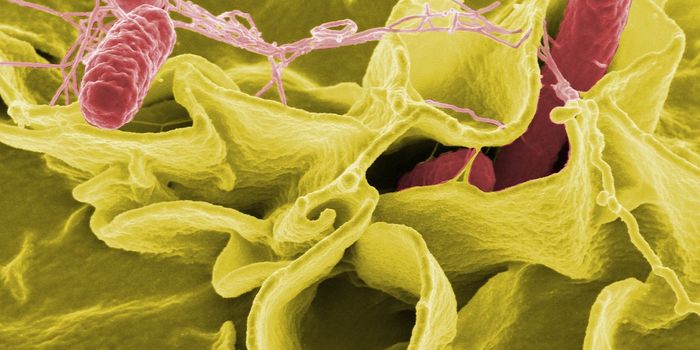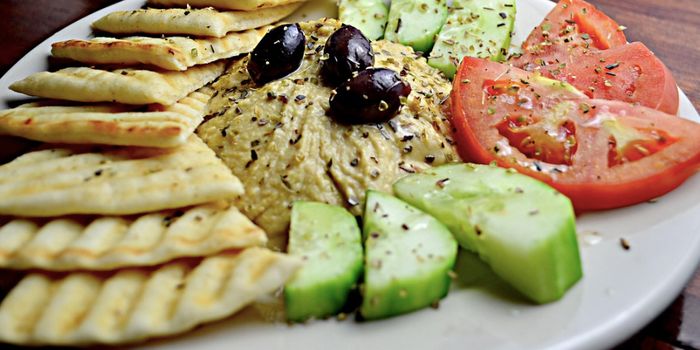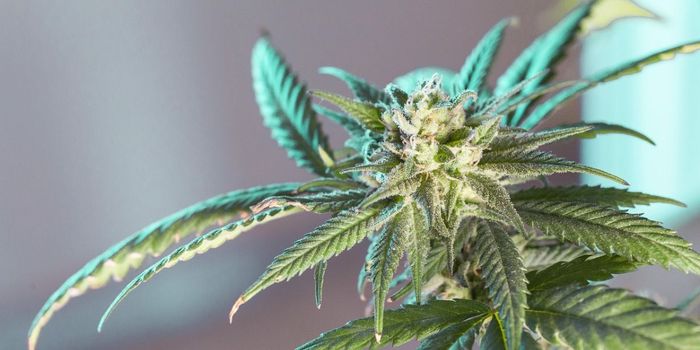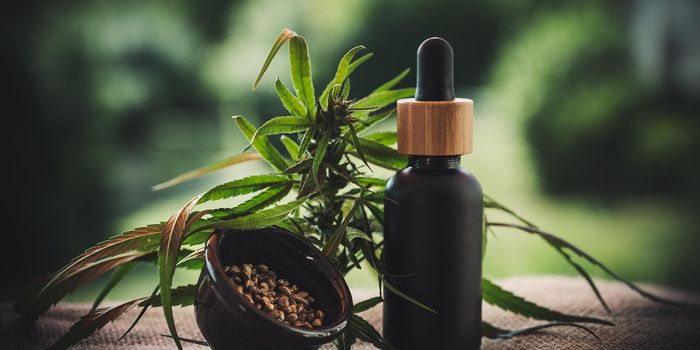University of British Columbia Researchers Develop Cannabis Dosing Guidelines
A research team from the University of British Columbia Okanagan analyzed cannabis dosing and developed cannabis dosing guidelines comparable to guidelines for consuming alcohol. The study published in the Journal of Psychoactive Drugs includes an Index of Cannabis Equivalence (ICE) that reflects recommended cannabis dosing across different modes of delivery.
The researchers analyzed data from more than 1,300 participants aged 18 to 93 with a cannabis use history. The analysis identified low-dose equivalents. Examples of milder doses include two puffs from a joint, pipe, or vaporizer, one 5 mg edible, and one bong hit. A quarter dab of concentrate consumed by vaporization also reflects a low-dose equivalent. The research team based these equivalencies on data from individuals with low tolerance for cannabis. This approach intended to prioritize safety and accessibility in the ICE. Using low-dose equivalents is especially important for providing new or infrequent users with recommendations that avoid overconsumption.
Previous efforts to standardize dosing often did not reflect tolerance or mode and instead focused on cannabinoid content. Different cannabis consumption methods can result in intensity and type of psychoactive effects, which makes it challenging to establish comparable doses across cannabis products. According to study author Dr. Michelle St. Pierre, “The ICE addresses this challenge by providing user-informed equivalencies grounded in psychoactive effects, offering a practical framework to help individuals make informed decisions and better manage their cannabis use.” Guidelines based on user-reported experiences, like the ICE, can help patients optimize cannabinoid treatment while minimizing adverse effects.
The ICE provides a framework that can promote harm reduction and improve consistency in regulation, research, and data collection. The guidelines also serve as an effective tool for self-monitoring cannabis consumption and clear communication between medical cannabis doctors and patients.








